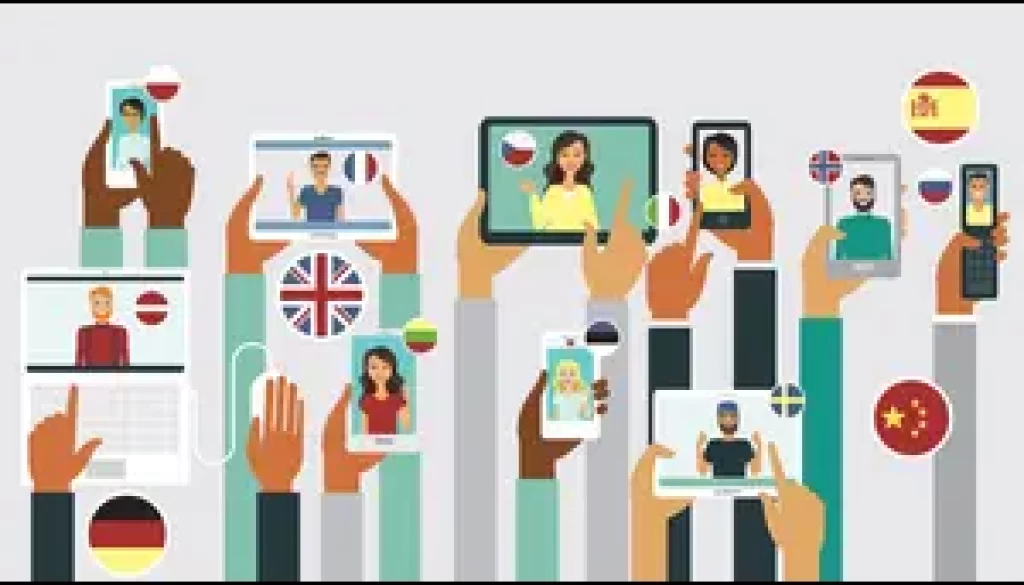Learning Foreign Languages Through Apps: Are They Enough?
Title: Learning Foreign Languages Through Apps: Are They Enough?
In an increasingly interconnected world, the ability to communicate in foreign languages has become a valuable asset. Learning a new language can open up opportunities for travel, career advancement, and cross-cultural friendships. Thanks to advancements in technology, learning foreign languages has become more accessible than ever, largely due to language learning apps. But, to what extent are these apps actually useful?
In this blog, we’ll explore the Opportunities and obstacles of using language apps to learn a foreign language.
One of the most prime supremacy of language learning apps is their accessibility. They are available on Smartphones and Tablets, making it possible for learners to access lessons anytime, anywhere. This flexibility is particularly appealing to those with busy schedules. Language apps also allow learners to progress at their own pace. This self-paced approach is ideal for those who want to fit language learning into their daily routines without the constraints of a traditional classroom schedule.
Many language apps offer a wide range of languages to choose from. Whether you’re interested in a widely spoken language like Spanish or a less common one like Swahili, you can likely find an app tailored to your language of choice. Gamification techniques, such as rewards, badges, and progress tracking, make learning fun and motivate users to stay committed to their language learning journey.
BUT TILL WHAT EXTENT?

While language apps excel at teaching vocabulary and grammar, they may not provide sufficient opportunities for real-life conversations with native speakers. Conversational fluency often requires interactive, dynamic exchanges that apps can’t fully replicate.
Learning a language is not just about vocabulary and grammar; it’s also about grasping the Custom, lifestyle and Culture. Language apps may not delve deeply into cultural nuances, which are crucial for effective communication. Relying solely on language apps can lead to overdependence on technology. Learning a language also requires human interaction, which apps alone cannot provide.
Many language apps are designed for beginners and intermediate learners. If you’re looking to reach an advanced level of proficiency, you may need to supplement your learning with more specialized resources.
Concluding Idea:
Language learning apps are undeniably valuable tools for acquiring foreign language skills. They offer accessibility, flexibility, and a variety of resources to help learners get started and make progress. However, their limitations, such as the lack of conversational practice and cultural context, mean they are most effective when used as part of a comprehensive language learning strategy. To truly master a foreign language, it’s essential to combine app-based learning with real-world practice, cultural immersion, and perhaps even formal instruction. In essence, language apps are powerful aids in your language learning journey, but they are most useful when supplemented with a holistic approach to language acquisition.


